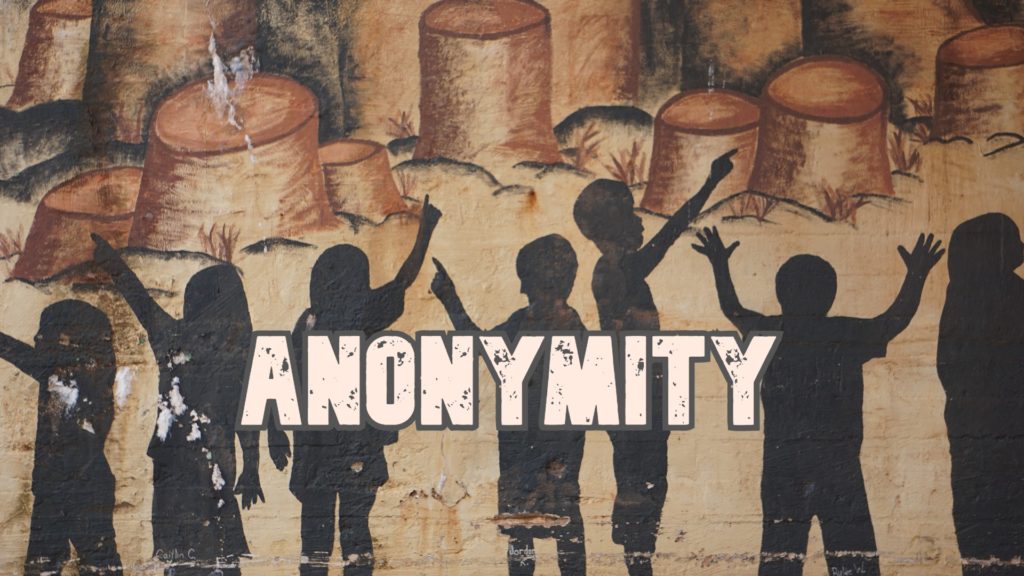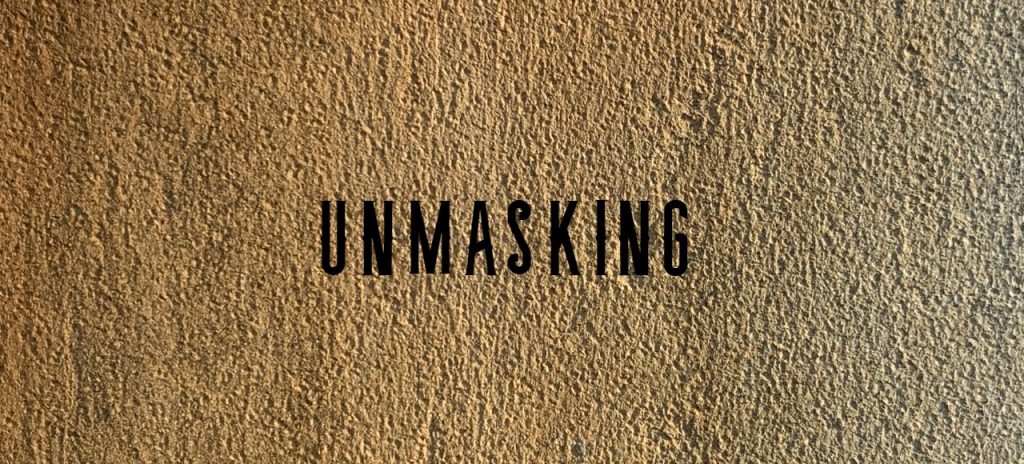A federal court in Wisconsin allowed a cryptocurrency scam victim to try to find out who stole his cryptocurrency. It found that good cause existed to allow the plaintiff-victim to send subpoenas to Coinbase, Binance and Gemini.

The Federal Rules of Civil Procedure state that a party cannot seek discovery “from any source before the parties have conferred as required by Rule 26(f).” So plaintiff was required to get authorization from the court before seeking information from the various cryptocurrency exchange platforms onto which he believed his assets had been placed. He filed a motion requesting such authorization.
The judge first observed that various trial courts within the same federal circuit (this case arose in Wisconsin federal court, which is in the Seventh Circuit) have applied different tests when deciding whether “expedited discovery” is appropriate. One such test requires, among other things, that the party seeking discovery show that it will suffer irreparable harm if the request is not granted. The other test – the good cause standard – allows expedited discovery “when the need for [such discovery], in consideration with the administration of justice, outweighs the prejudice to the responding party.”
In this case, the court applied the good cause standard. But the court did not allow plaintiff to send subpoenas concerning all of the information he had asserted should be discoverable. For example, plaintiff asked the court for permission to seek the Doe defendant’s social security number, as well as transaction logs and correspondence. The court found such requests “go far beyond seeking the defendants’ identifying information” and would instead be the types of discovery requests the court might expect plaintiff to make once the defendants have been identified and plaintiff is seeking discovery as to his substantive allegations. Instead, the court permitted expedited discovery for the sole purpose of obtaining information to identify the John Doe defendants. This information included only the name, street address, telephone number and e-mail address of each John Doe.
The court further ordered that Coinbase, Binance and Gemini had to provide a copy of the subpoena to each John Doe and any other affected user as soon as possible after service of the subpoena. The court’s order also provided that each of the platforms and any affected user must have 14 days from the date of service of the subpoena to object to the subpoena under Federal Rule of Civil Procedure 45(d)(2)(B). The platforms were ordered not to disclose any John Doe’s identifying information, or such information for any other affected user, during that fourteen-day period (unless or until the court may otherwise order). The platforms were also ordered to preserve any material responsive to the subpoena for a period of no less than 90 days to allow the plaintiff to file a motion to compel.
Wuluvarana v. Does 1-3, 2023 WL 183874 (E.D. Wisconsin, January 14, 2023)
Evan Brown is a technology and intellectual property attorney in Chicago. Follow him on Twitter at @internetcases.
See also:

 Evan Brown is a technology and intellectual property attorney in Chicago. This content originally appeared on
Evan Brown is a technology and intellectual property attorney in Chicago. This content originally appeared on 


